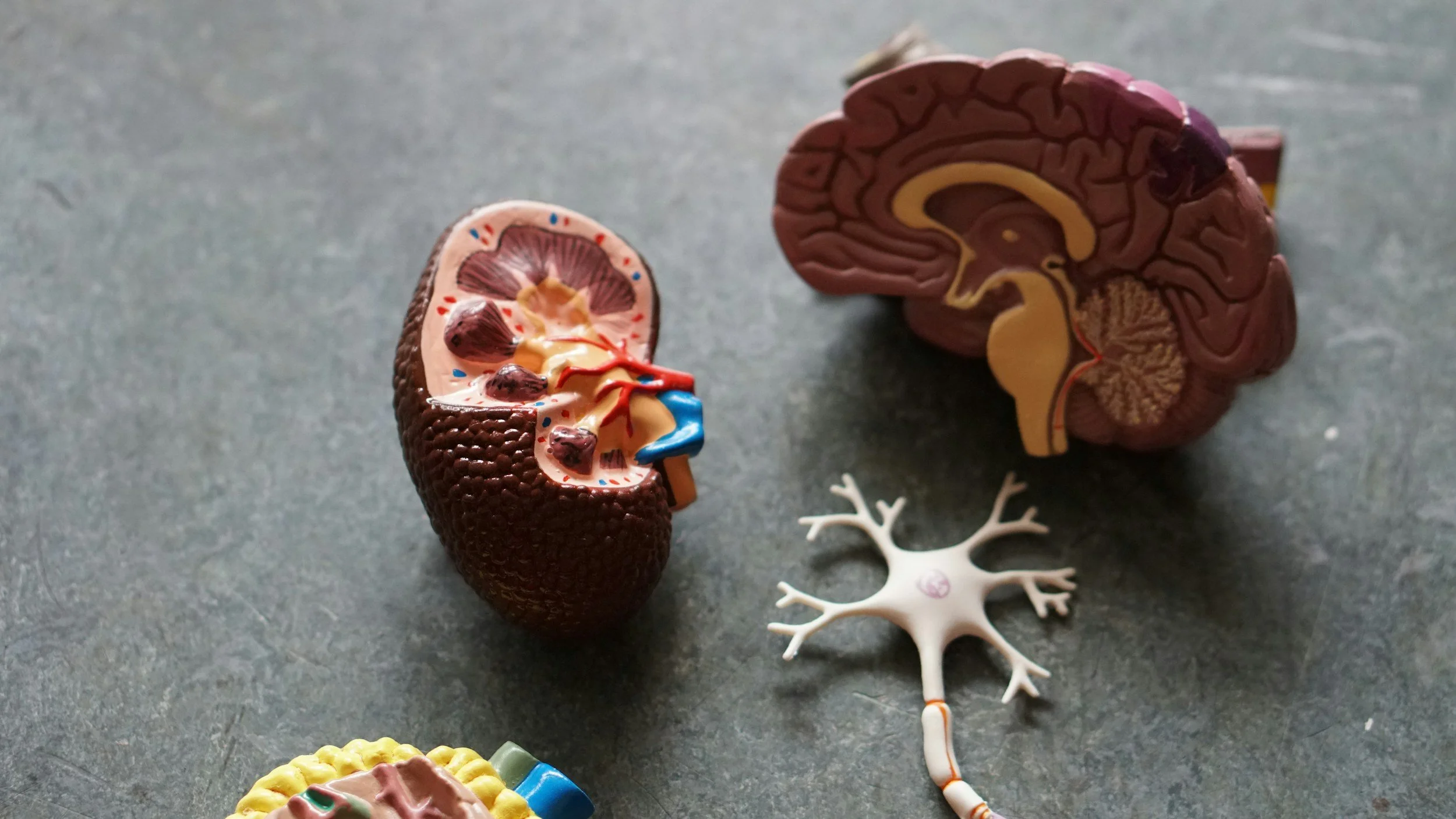Why Talk Therapy Isn’t Always Enough
Talk therapy is powerful, but trauma often requires more than words. Learn why integrative approaches like somatic therapy and EMDR go beyond talk.
The Tao of Trauma: Wu Wei and Gentle Recovery
In trauma recovery, we often push, fix, or strive — but healing can also mean softening. This post explores Wu Wei, the Taoist wisdom of effortless action, and how it invites gentle recovery through stillness, compassion, and nervous system flow.
Sleep and Trauma: Why Rest Feels Unsafe
Trauma often makes rest feel unsafe, leading to insomnia, nightmares, or hypervigilance. Learn why sleep is disrupted and how healing restores safety at night.
Cortisol, Adrenaline, and the Trauma Response
Cortisol and adrenaline are survival hormones that fuel the trauma response. Learn how they work, why they can get stuck, and how healing is possible.
Neuroplasticity: How Healing Changes the Brain
Neuroplasticity shows us that the brain can change and heal after trauma. At Body and Mind Collective, we help clients understand this process and move forward in healing.
Dissociation: Your Brain’s Survival Mechanism
Dissociation is your brain’s way of protecting you during trauma. At Body and Mind Collective, we explore why it happens and how healing begins.
Why Triggers Feel So Intense: A Look at the Amygdala
Triggers feel overwhelming because of the brain’s amygdala, the center for fear and survival. Learn why trauma triggers are so intense and how healing begins.
How The Brain Stores Trauma
Trauma memories are stored differently in the brain, often showing up as body sensations and flashbacks. Learn the neuroscience of trauma and how healing is possible.
What Trauma is (and isn’t)
When people hear the word “trauma,” they often think of life-threatening events. But trauma isn’t just about what happened to you—it’s about how your body and mind responded. At Body and Mind Collective, we explore what trauma truly is, what it isn’t, and how healing is possible through compassionate, integrative care.









